Cover
Understanding Innovation
Design Thinking
ISBN 9783642137563
Foreword
Contents
Contributors
Design Thinking Research
1 The Philosophy of Design Thinking
2 Rules of Design Thinking
2.1 The Human Rule: All Design Activity Is Ultimately Social in Nature
2.2 The Ambiguity Rule: Design Thinkers Must Preserve Ambiguity
2.3 The Re-design Rule: All Design Is Re-design
2.4 The Tangibility Rule: Making Ideas Tangible Always Facilitates Communication
2.5 HPI-Stanford Design Thinking Research Program
3 The Program Book
4 In Summary
Part I Design Thinking in Various Contexts
Design Thinking: A Fruitful Concept for IT Development?
1 Introduction: On Problem Solving in Design and Science
2 Understanding the Problem: Overcoming the Dilemma of Analytical Thinking in IT Development by Design Thinking?
2.1 Why IT Development Tends to Take Place in an Engineering Expert's World
2.2 The Dilemma of a Predominantly Technical Perspective
2.3 Design Thinking as a Complementary Approach?
3 Discussing the Context: Waterfalls, Agility, and New Design Professions
3.1 Overcoming the Waterfall with Agile Development
3.2 Adding New IT Design Specialists
3.3 Design Thinking in the Context of IT Development Approaches
4 Discussion: On the Challenges of Translating Design Thinking into Action
4.1 The Didactic Perspective: Educating Design Thinking Competencies
4.2 The Organizational Perspective: Design Thinking as a Front-End Technique or as an Integrated Development Philosophy?
5 Outlook
References
A Unified Innovation Process Model for Engineering Designers and Managers
1 Introduction
2 Unified Innovation Process Model for Engineering Designers and Managers
2.1 Designer-Initiated Feedback Pathways
2.2 Reviewer-Initiated Feedback Pathways and Gates
3 Research Methodology
4 Designers Gain Necessary Insights by Experimenting
4.1 Case A: Paper Bike
4.2 Case B: Convertible Experience
4.3 Case C: Task Management Software
4.4 Cross-case Analysis Reveals Pattern
4.5 Execution Hypothesis
5 Reviewers Often Discourage Experimenting
5.1 Case A: Paper Bike
5.2 Case B: Convertible Experience
5.3 Reviewers Can Encourage Experimenting as Exemplified by Case C: Task Management Software
5.4 Cross-Case Analysis Reveals Pattern
5.5 Censorship Hypothesis
6 Discussion
7 Conclusion
References
Product Differentiation by Aesthetic and Creative Design: A Psychological and Neural Framework of Design Thinking
1 Introduction
2 Aesthetics and Creativity as Design Thinking Mechanisms
2.1 Psychological and Neural Bases of Aesthetics
2.1.1 Psychology of Aesthetics
2.1.2 Neuroscience of Aesthetics
2.2 Psychological and Neural Bases of Creativity
2.2.1 Psychology of Creativity
2.2.2 Neuroscience of Creativity
3 A Definition and Framework of Design Thinking
4 Conclusion
References
Part II Understanding Design Thinking
Re-representation: Affordances of Shared Models in Team-Based Design
1 Introduction
2 Media Models and Media Cascades
2.1 Resolution
2.2 Abstraction
2.3 Media Cascades
2.4 The Media-Models Framework
2.4.1 Completion
2.4.2 Ambiguous Media
2.4.3 Mathematized Media
2.4.4 Hybrid Media
3 Cognitive Strategies
4 Experimental Data
4.1 Results
4.2 New Insights
4.2.1 Statement of Intention
4.2.2 Asking Process Questions
4.2.3 Envisioning User Scenarios
4.2.4 Enacting User Scenarios
4.2.5 Combining Metaphors (It's Like X+Y)
4.2.6 Experiencing Eureka Moments (Ahhh!)
5 Tangible Business Process Modeling
5.1 The Media of BPM
5.2 Intermediary Objects
5.3 Development of TBPM
5.3.1 Role-Playing with Legos™
5.3.2 Post-It® Notes
5.3.3 Systems Modeling Objects
5.3.4 Tangible Business Process Modeling (TBPM)
6 Conclusion
7 Future Work
References
The Co-evolution of Theory and Practice in Design Thinking -- or -- ``Mind the Oddness Trap!''
1 From Design Thinking to Design Thinking Research
2 Experts Revealing What They Think About Design Thinking
3 Telling Differences, Illuminating Parallels
4 Preparing a Look Behind the Curtain: Specifying Hypotheses
5 Why Experiments Matter
6 The Challenge
7 Operationalization or: Let's Be Concrete!
8 Looking Behind the Curtain: The Experiment
9 Design Thinkers Versus ``Ordinary Students'': Results
10 Discussion
11 What We Wish to Pass Back
Innovation and Culture: Exploring the Work of Designers Across the Globe
1 Introduction
2 National Culture and Design Practice
3 Method
4 Insights
4.1 Culture and Design
4.1.1 Client Expectations
4.1.2 What It Means to Be Creative
4.1.3 Interaction Norms Across Professions
4.1.4 The Role of the Prototype
4.1.5 The Ecology of Design Education
4.2 Methodological Insights
5 Conclusions
References
The Efficacy of Prototyping Under Time Constraints
1 Introduction
1.1 Oscillating Between Creation and Feedback
1.2 Prototyping with Internal and External Representations
1.3 Is Iterative Prototyping Undervalued?
2 Method
2.1 Materials and Design Task
2.2 Participants
2.3 Procedure
3 Results
3.1 Influence of Prior Exposure to Design Tasks
3.2 Influence of Design Experience on Task Performance
4 Participant Creations
5 Interviews
5.1 Prototyping Strategies
5.2 Learning from Iteration
5.3 Using Mental Simulation
5.4 Effects of Manipulating Iteration
5.5 Iteration did not Lead to Divergence
5.6 Factors that Prevented Divergence
6 Conclusion
7 Future Work
References
Part III Tools for Design Thinking
An Instrument for Real-Time Design Interaction Capture and Analysis
1 Introduction
2 Improving Design Process Instrumentation
2.1 Challenges in the Development of Computational Design Research Instruments
2.2 Can Digital Traces of Communication Be a Surrogate for Team Behavior?
3 A Real-Time Design Research Instrument
3.1 Capturing Design Team Activities
3.2 System Implementation and Testbed Integration
3.3 Case Study in Team Performance Measurement
4 Key Findings and Contribution
4.1 Findings Related to the Hypothesis
4.2 Contributions to the Knowledge Base
4.3 Contributions to the Research Environment
5 Conclusion and Future Work
References
Tele-Board: Enabling Efficient Collaboration In Digital Design Spaces Across Time and Distance
1 Creativity Across Distances: Can We Make It Work?
2 Analyzing Design Thinking Working Modes
3 Evaluating Existing Tools for Remote Collaboration
4 Our Tool: Tele-Board -- A Digital Whiteboard for Remote Collaboration
4.1 Tele-Board: General Architecture
4.2 Tele-Board: Server Component
4.3 Tele-Board: Input Devices
4.4 Tele-Board: Video Conferencing and Remote Full-Body Gesture Overlay
5 Tele-Board: User Feedback
6 Outlook and Future Work
References
Physicality in Distributed Design Collaboration How Embodiment and Gesture Can Re-establish Rapport and Support Better Design
1 Introduction
1.1 Scenario: `Remote' Collaborators
1.2 Constituents of Design Communication
2 Understanding Collaboration in Design
2.1 Designers Use Their Bodies
2.2 Design at a Distance
2.3 Modes of Communication
3 Explorations in Distributed Design
3.1 Study 1: Embodiment and Presence
3.2 Study 2: Agency and Approachability
3.3 Study 3: Gesture and Identity
4 Plans and Issues for the Future
5 Conclusion
5.1 Scenario: Continued
References
Part IV Design Thinking in Information Technology
Bringing Design Thinking to Business Process Modeling
1 Introduction
2 Background: Process Models Mediate Communication
3 Research Question: How to Improve the Quality of Communication
4 Iterating Ideas
4.1 First Iteration
4.2 Second Iteration
4.3 Third Iteration
4.4 Fourth Iteration
4.5 Fifth Iteration
5 Experiences with the TBPM Toolkit
6 Related Approaches
7 Research Methodology
8 Summary and Outlook
References
Agile Software Development in Virtual Collaboration Environments
1 Introduction
2 Motivation and State of the Art
2.1 Design Thinking for Agile Software Development
2.2 Collaboration Support for Distributed Development Teams
3 Design Thinking for Agile Software Development
3.1 Common Values
3.2 Approaches to Combine Design and Development Activities
4 Virtual Collaboration
4.1 Bringing Physical Artifacts to Digital Environments
4.2 Multi-user Multi-account Single-Screen Interaction
4.2.1 Merging Characteristics of Asynchronous Groupware and Single Display Groupware
4.2.2 Platform Support for Multi-user Multi-account Interaction
4.2.3 Application Support for Multi-user Multi-account Interaction
4.3 CodeTalk: Conversations About Code
4.3.1 The Need for Communicating About Code
4.3.2 Informal Communication via Markups
4.3.3 Case Study
5 Summary and Outlook
References
Towards Next Generation Design Thinking: Scenario-Based Prototyping for Designing Complex Software Systems with Multiple Users
1 Introduction
2 Project Setup
2.1 Research Method
2.2 Initial Research Hypotheses
2.3 Expected Impact
3 Research Results
3.1 Understand and Observe
3.2 Point of View
3.3 Ideation
3.4 Prototype
3.4.1 Initial Elicitation
3.4.2 Modeling the Insights
3.4.3 Insights Elicitation/Validation
3.4.4 Evaluation of Sessions
3.5 Tests and Learnings
3.5.1 Experiment Design
3.5.2 Experiment Results
3.6 Discussion of Results
4 Related Work
5 Summary and Future Work
References
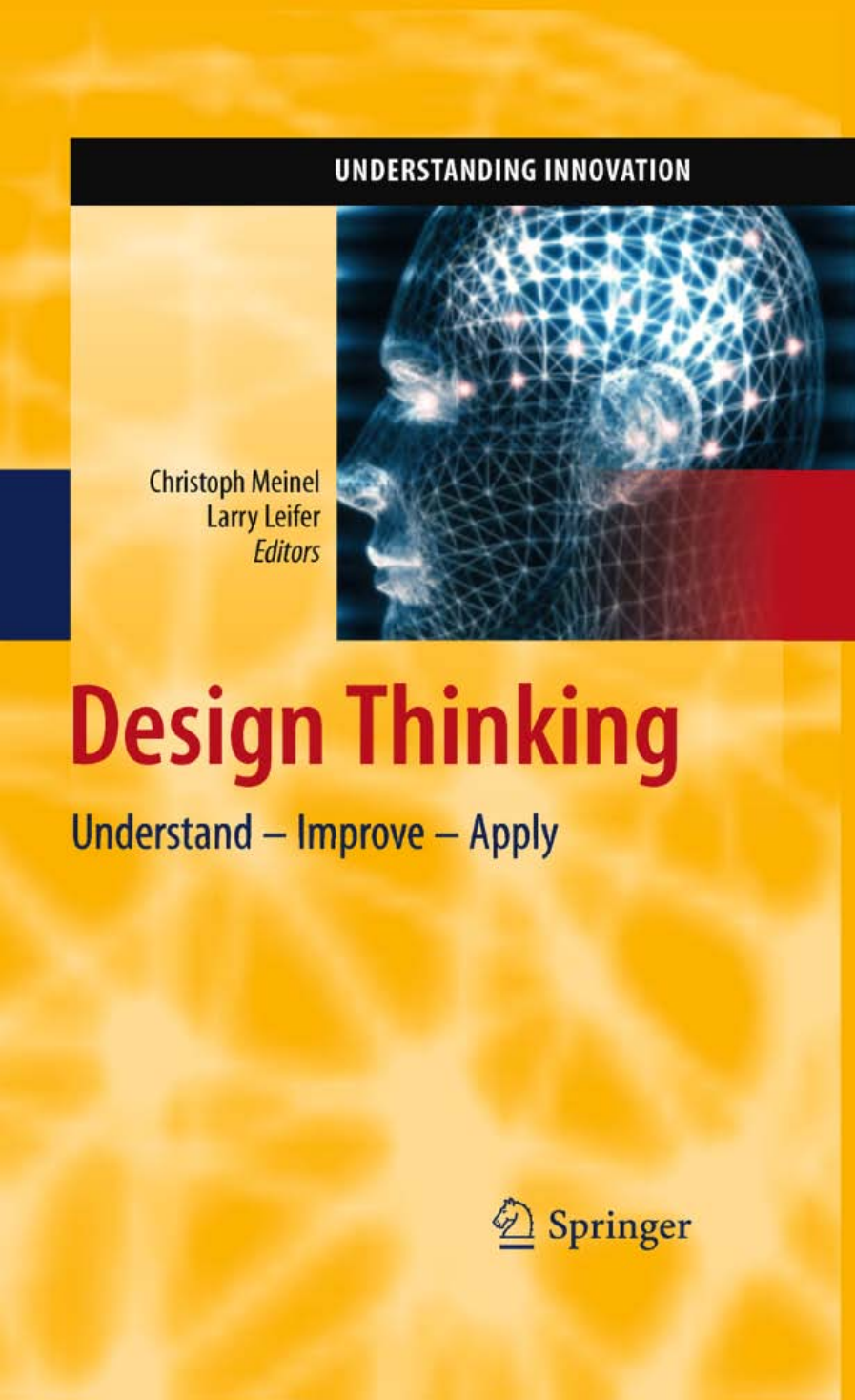

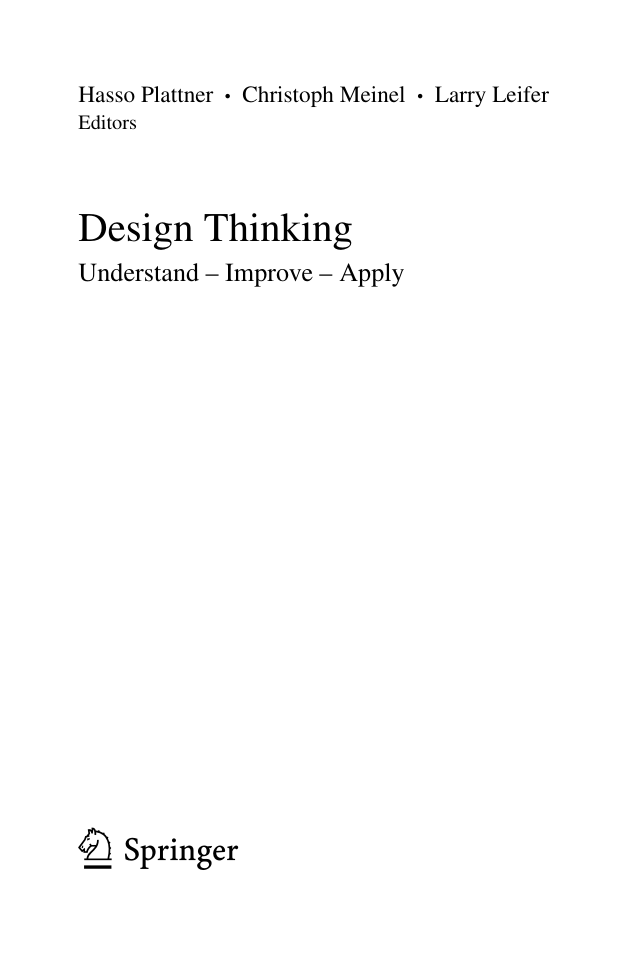
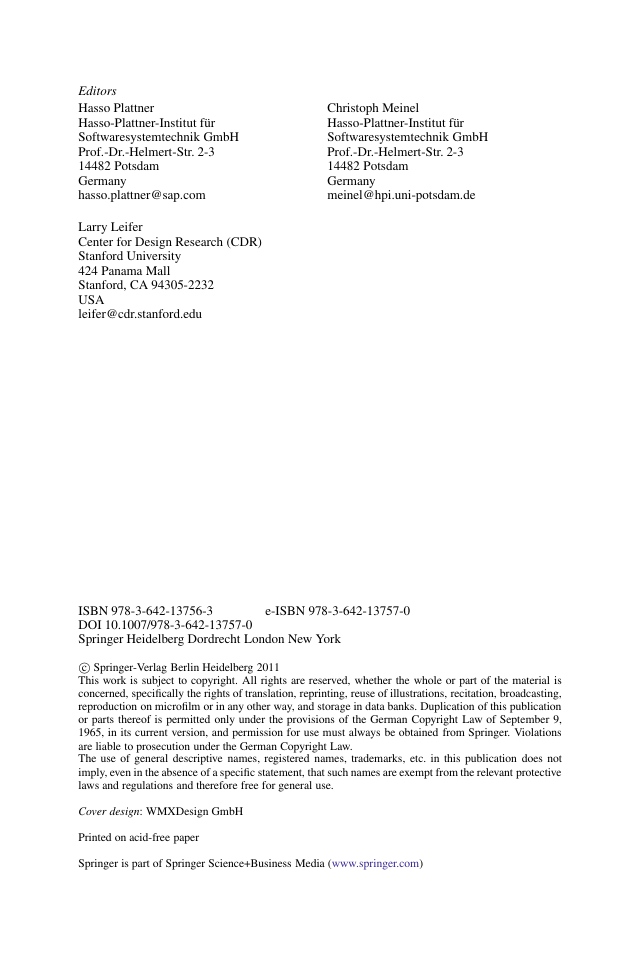

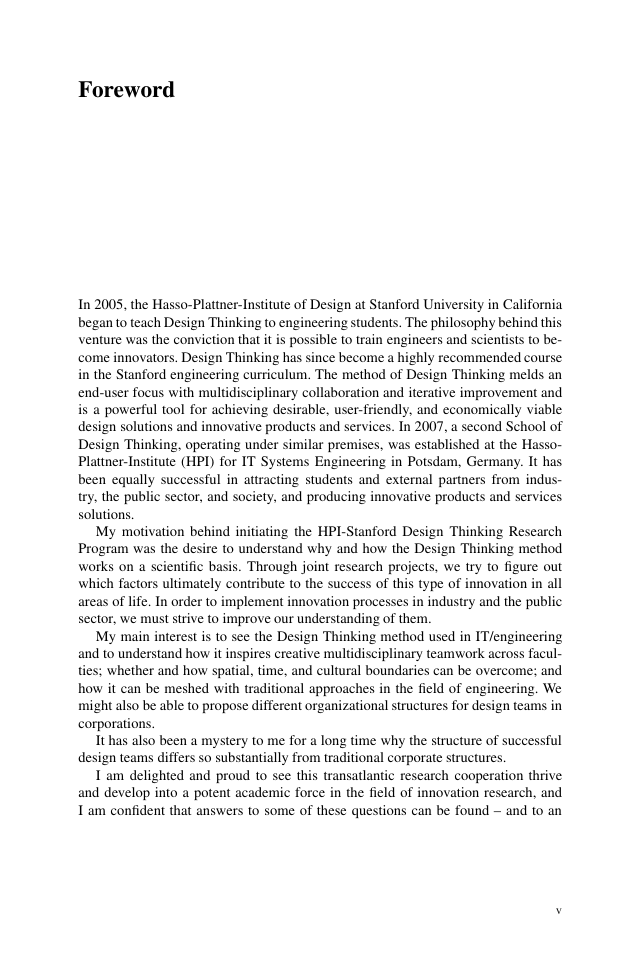

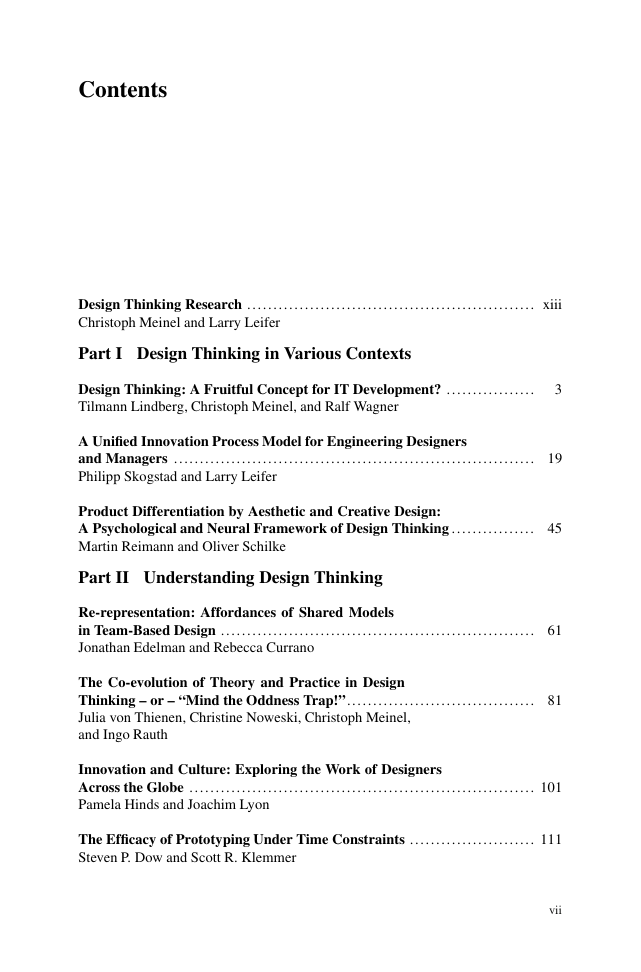








 2023年江西萍乡中考道德与法治真题及答案.doc
2023年江西萍乡中考道德与法治真题及答案.doc 2012年重庆南川中考生物真题及答案.doc
2012年重庆南川中考生物真题及答案.doc 2013年江西师范大学地理学综合及文艺理论基础考研真题.doc
2013年江西师范大学地理学综合及文艺理论基础考研真题.doc 2020年四川甘孜小升初语文真题及答案I卷.doc
2020年四川甘孜小升初语文真题及答案I卷.doc 2020年注册岩土工程师专业基础考试真题及答案.doc
2020年注册岩土工程师专业基础考试真题及答案.doc 2023-2024学年福建省厦门市九年级上学期数学月考试题及答案.doc
2023-2024学年福建省厦门市九年级上学期数学月考试题及答案.doc 2021-2022学年辽宁省沈阳市大东区九年级上学期语文期末试题及答案.doc
2021-2022学年辽宁省沈阳市大东区九年级上学期语文期末试题及答案.doc 2022-2023学年北京东城区初三第一学期物理期末试卷及答案.doc
2022-2023学年北京东城区初三第一学期物理期末试卷及答案.doc 2018上半年江西教师资格初中地理学科知识与教学能力真题及答案.doc
2018上半年江西教师资格初中地理学科知识与教学能力真题及答案.doc 2012年河北国家公务员申论考试真题及答案-省级.doc
2012年河北国家公务员申论考试真题及答案-省级.doc 2020-2021学年江苏省扬州市江都区邵樊片九年级上学期数学第一次质量检测试题及答案.doc
2020-2021学年江苏省扬州市江都区邵樊片九年级上学期数学第一次质量检测试题及答案.doc 2022下半年黑龙江教师资格证中学综合素质真题及答案.doc
2022下半年黑龙江教师资格证中学综合素质真题及答案.doc